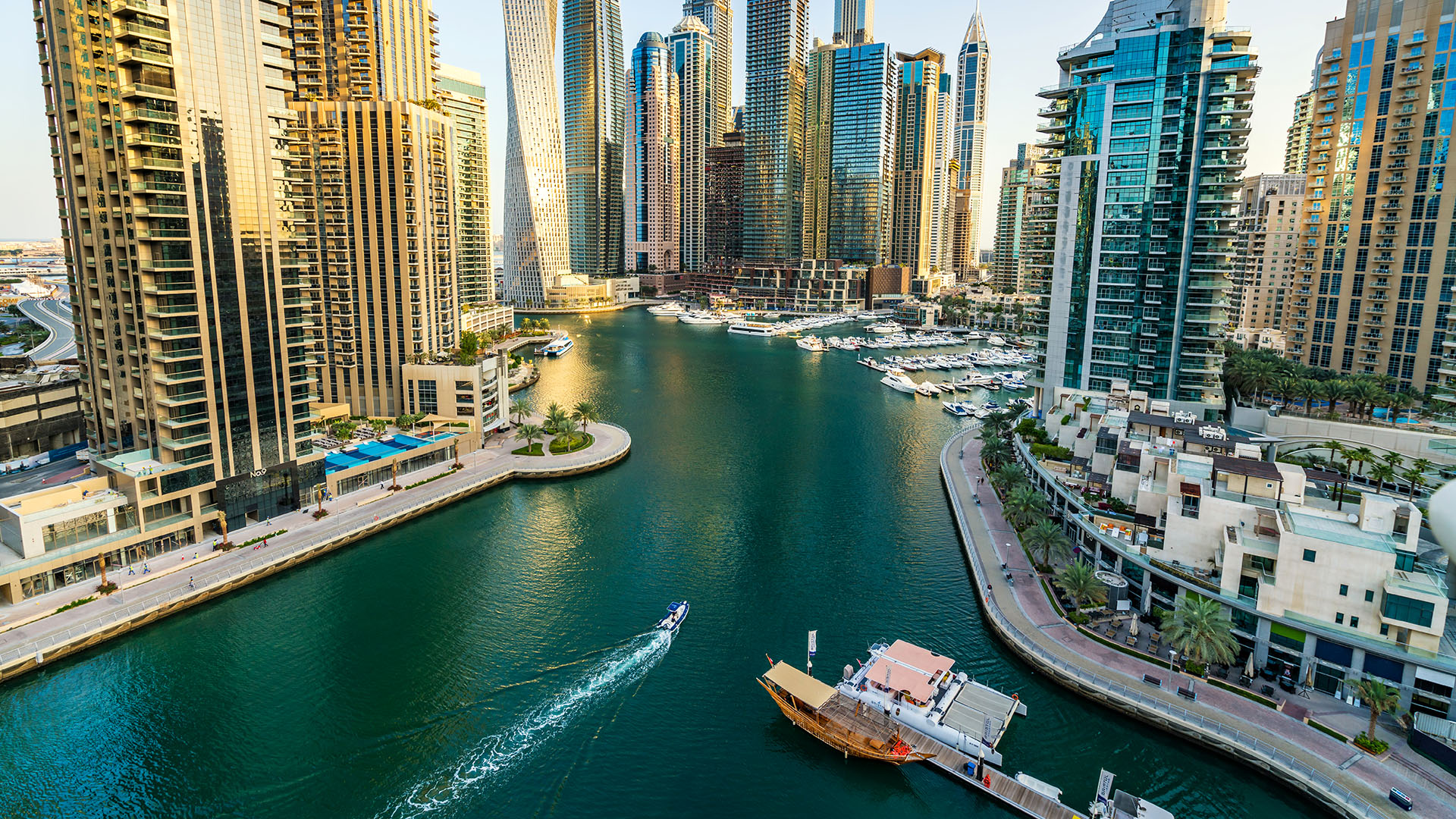
Dubai’s focus on solar, desalination, and technology is making it a clean energy hub
The future of the UAE’s utility sector is being shaped around a smarter and cleaner approach to energy – and leading this transition is Dubai Electricity and Water Authority (DEWA). By using disruptive technologies in the production, transmission and distribution of electricity and water, it is transforming Dubai into a global hub for clean energy.
Coming together as a nation
The diversification of Dubai’s energy mix comes as a response to the Dubai Clean Energy Strategy 2050 and the Dubai Net-Zero Carbon Emissions Strategy 2050, which aims to provide 100% of the city’s energy production capacity from clean energy sources by 2050.
It also sits under the United Arab Emirates (UAE) Net-Zero by 2050 Strategy, which has pledged AED 600 billion (USD 163 billion) toward the growing demand for clean energy. This initiative not only marks the first of its kind to come from the Middle East and North Africa but positions the UAE as an international pioneer in responsible energy solutions.

Shaping a green future
At the 8th World Government Summit (WGS) in Dubai on 29-30 March 2022, HE Saeed Mohammed Al Tayer, Managing Director, and CEO of DEWA, delivered his speech titled ‘Shaping a Green Future’. In front of a global audience of government officials, industry experts, and decision-makers, he showcased the opportunity around energy and how DEWA is making the most of it.
Its strategy for ensuring energy security and sustainability in the UAE includes three main pillars:
Pillar one: Solar energy
Dedicated to utilizing natural energy sources, DEWA has begun the construction of the Mohammed bin Rashid Al Maktoum Solar Park, the world’s largest single-site solar park based on the Independent Power Producer (IPP) model. And with an investment totaling AED 50 billion (USD 13.6 billion), it is by no means a small feat.
Once completed, the solar park will contribute toward the share of clean energy capacity in Dubai’s energy mix, which is expected to reach 13.8% by the end of 2022. It will also save over 6.5 million tons of carbon emissions a year and reach a production capacity of 5,000 megawatts (MW) by 2030.
Pillar two: Responsible desalination
Alongside Reverse Osmosis (RO), solar energy is to play an important role in water desalination, taking over from electricity generation. This comes as part of DEWA’s strategy to produce 100% of desalinated water from renewable energy and waste heat by 2030.
Increasing the operational efficiency of a sustainable water desalination process will save around AED 13 billion (USD 3.5 billion) and reduce 44 million tons of carbon emissions within the same timeframe.
Pillar three: Revolutionary technology
The final piece of DEWA’s strategic puzzle comes in the form of innovation. As Al Tayer explains, “DEWA recognizes the role of modern technologies in developing the energy and water sectors and redefining the concept of utilities to achieve the vision and directives of the UAE.”
By tapping into disruptive applications, DEWA is expanding the possibilities of utilities.
As part of its Space-D program, the utility company has launched DEWA-SAT1, a nanosatellite that captures data from solar power plants and water systems to monitor performance. It is also looking to power over 1,000 charging stations for electric vehicles (EVs) across Dubai in the next three years.

A solutions-focused approach
Even with a clear strategy in place, the transition to clean energy comes with its challenges, including a renewable alternative to energy storage. However, according to a study by McKinsey, long-duration energy storage (LDES) deployment is an ideal solution. It could result in the prevention of 1.5-2.3 gigatons of CO2 equivalent per year by 2040 or around 10-15% of today’s power sector emissions.
The sustainable qualities of LDES technology have not gone unnoticed by DEWA. Already, it’s launched the first 250 MW-storage hydroelectric power plant in the Arabian Gulf region. And, in collaboration with Expo 2020 Dubai, it has inaugurated the Green Hydrogen project, which works to produce and store hydrogen from solar energy.
LDES has the potential to deploy up to 2.5 terawatts of power capacity by 2040.
McKinsey & Company
Zero signs of slowing down
Through its digital arm, DEWA is disrupting the entire business of public utilities to match the pace of Dubai’s own digital transformation and sustainable infrastructure – and it is already seeing results. Between 2006 and 2021, DEWA increased fuel consumption efficiency up to 90%, and generation efficiency by over 37%.
But disruption doesn’t end there. In his WGS speech, Al Tayer announced “an ambitious strategy for green hydrogen, which is expected to be completed by the end of this year. We will also launch a 6U nanosatellite as part of the Space-D program, and we will continue our efforts in innovation and research and development to support Dubai’s efforts to achieve carbon neutrality by 2050.”

